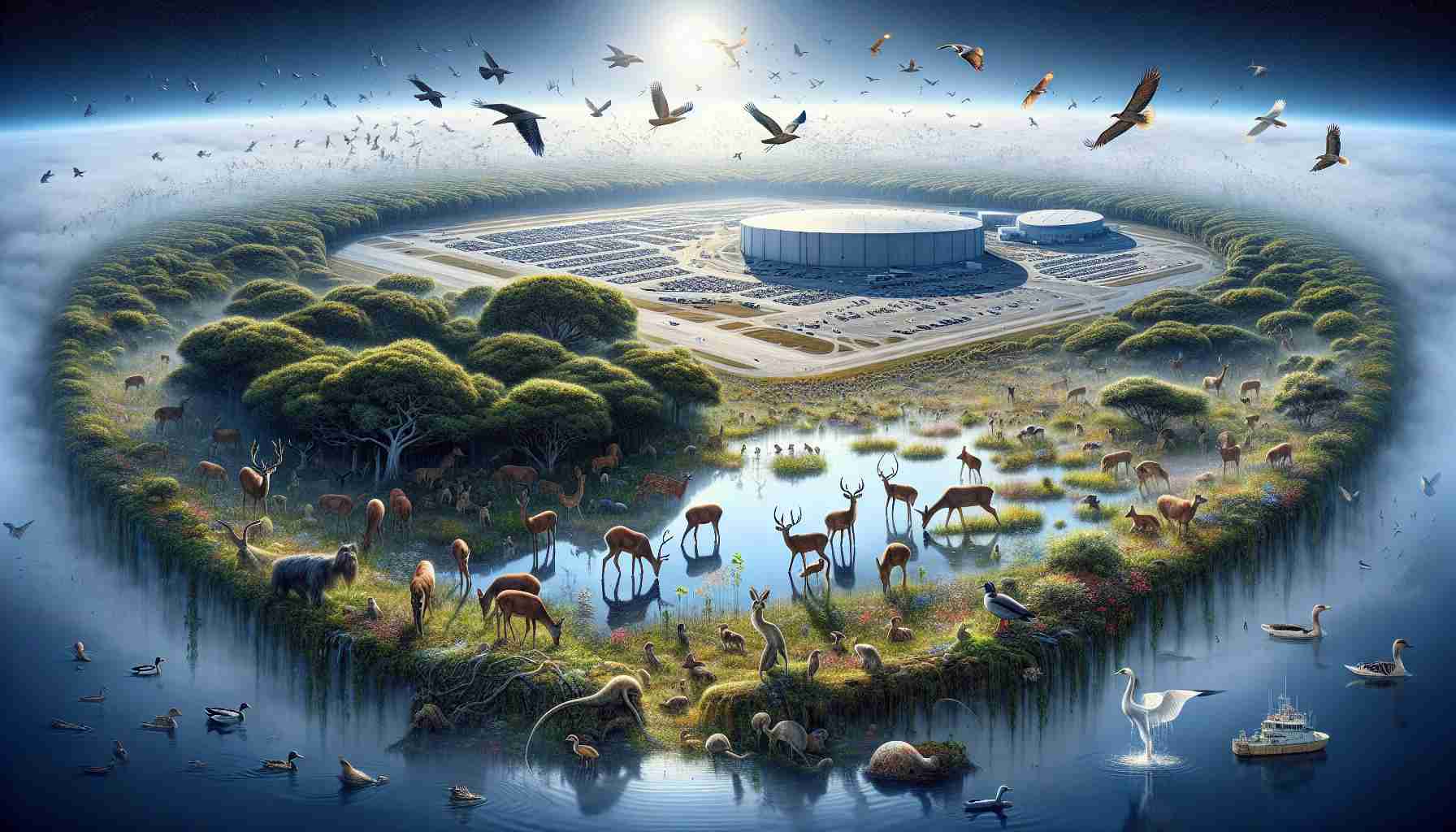- The Vandenberg Space Force Base spans 99,000 acres and serves as a habitat for 17 threatened and endangered species.
- Rhys Evans, the natural resources lead, emphasizes the importance of balancing military operations with wildlife preservation.
- Research initiatives, like tracking elephant seals, aim to understand the environmental impacts of rocket launches.
- The collaboration between military operations and local universities fosters innovative conservation strategies.
- Protecting local wildlife is crucial as rocket launches could significantly affect their habitats.
- Conservation efforts highlight the potential for coexistence between advanced technology and nature.
Amid the rocket launches and technological advancements of the Vandenberg Space Force Base in Lompoc, California, lies a treasure trove of biodiversity. Spanning an impressive 99,000 acres, this base isn’t just a hub for military and civilian satellite launches; it’s a sanctuary for nature, hosting 17 threatened and endangered species, including the delicate western snowy plover and the elusive California red-legged frog.
At the heart of conservation efforts is Rhys Evans, the Space Force’s natural resources lead. With a passion for preserving this unique environment, he emphasizes that protecting wildlife is crucial, especially with the potential impact of rocket launches. Surprisingly, wildlife biologists like Evans play a vital role in balancing defense technologies with ecological stewardship.
Collaborating with local universities, Evans leads innovative research projects to assess rocket launch noise’s effects on the area’s wildlife. This groundbreaking work not only promotes awareness but also helps mitigate challenges faced by these vulnerable species. For instance, a team from California Polytechnic State University is tracking elephant seals using satellite tags to better understand their migration patterns along the nearby coast.
The key takeaway? The harmony between cutting-edge space exploration and environmental conservation is not only possible but essential. As we reach for the stars, let’s remember to cherish and protect the magnificent wildlife that shares this land—because every launch could have an impact on the earth beneath. Embrace the wonder of nature, even in the most unexpected places!
Discovering Biodiversity in Space Exploration: A Hidden Treasure
Biodiversity at Vandenberg Space Force Base
Beyond the impressive technological feats occurring at Vandenberg Space Force Base in Lompoc, California, lies an unexpected richness of biodiversity. Within its expansive 99,000 acres, the base serves as a crucial sanctuary for nature, hosting 17 threatened and endangered species, such as the western snowy plover and the California red-legged frog.
Conservation Efforts and Research Initiatives
At the forefront of conservation efforts is Rhys Evans, the natural resources lead at the Space Force. His commitment to ecological stewardship combines military operations with wildlife protection. Evans emphasizes the importance of assessing the impact of rocket launches on these vulnerable species, making it a priority in their operations.
In collaboration with local universities, innovative research projects are underway. For example, California Polytechnic State University is involved in tracking elephant seals through advanced satellite tagging techniques. This research aims to understand better the migration patterns of these marine mammals and the potential effects of launch noise on their behaviors.
Features and Specifications of the Base’s Biodiversity Program
Key Features:
– Extensive monitoring of noise impact from rocket launches.
– Collaboration with academic institutions for research and conservation strategies.
– Protection and management of species habitats to mitigate launch-related disruptions.
Market Analysis and Trends in Conservation and Technology
As space exploration continues to expand, the intersection of technology and biodiversity conservation is becoming increasingly recognized. Organizations are now prioritizing sustainability and environmental ethics alongside their technological advancements. The base’s efforts reflect a growing trend towards responsible environmental stewardship within the defense sector.
Important Questions Related to Biodiversity and Space Exploration
1. What specific species are at risk due to rocket launches at Vandenberg Space Force Base?
The base is home to 17 threatened and endangered species, including the western snowy plover and California red-legged frog. These species require careful management to ensure their habitats are not negatively impacted by launch activities.
2. How does the Space Force balance military operations with ecological stewardship?
The Space Force employs wildlife biologists and conservationists to monitor the effects of rocket launches on the local ecosystem. Through collaborative research and active management practices, they strive to minimize ecological disruptions.
3. What research initiatives are being undertaken to protect local wildlife?
Research initiatives, such as tracking elephant seals with satellite technology, are aimed at understanding animal behaviors and migration patterns in relation to rocket launch activities. This data is crucial for formulating strategies to protect these species.
Additional Insights and Future Predictions
The ongoing collaboration between military operations and ecological research signifies a paradigm shift in how nature is perceived in the context of space exploration. As technology progresses, the commitment to preserving biodiversity will likely play a more prominent role in shaping launch protocols and conservation policies.
For more information on related topics, visit U.S. Space Force.











